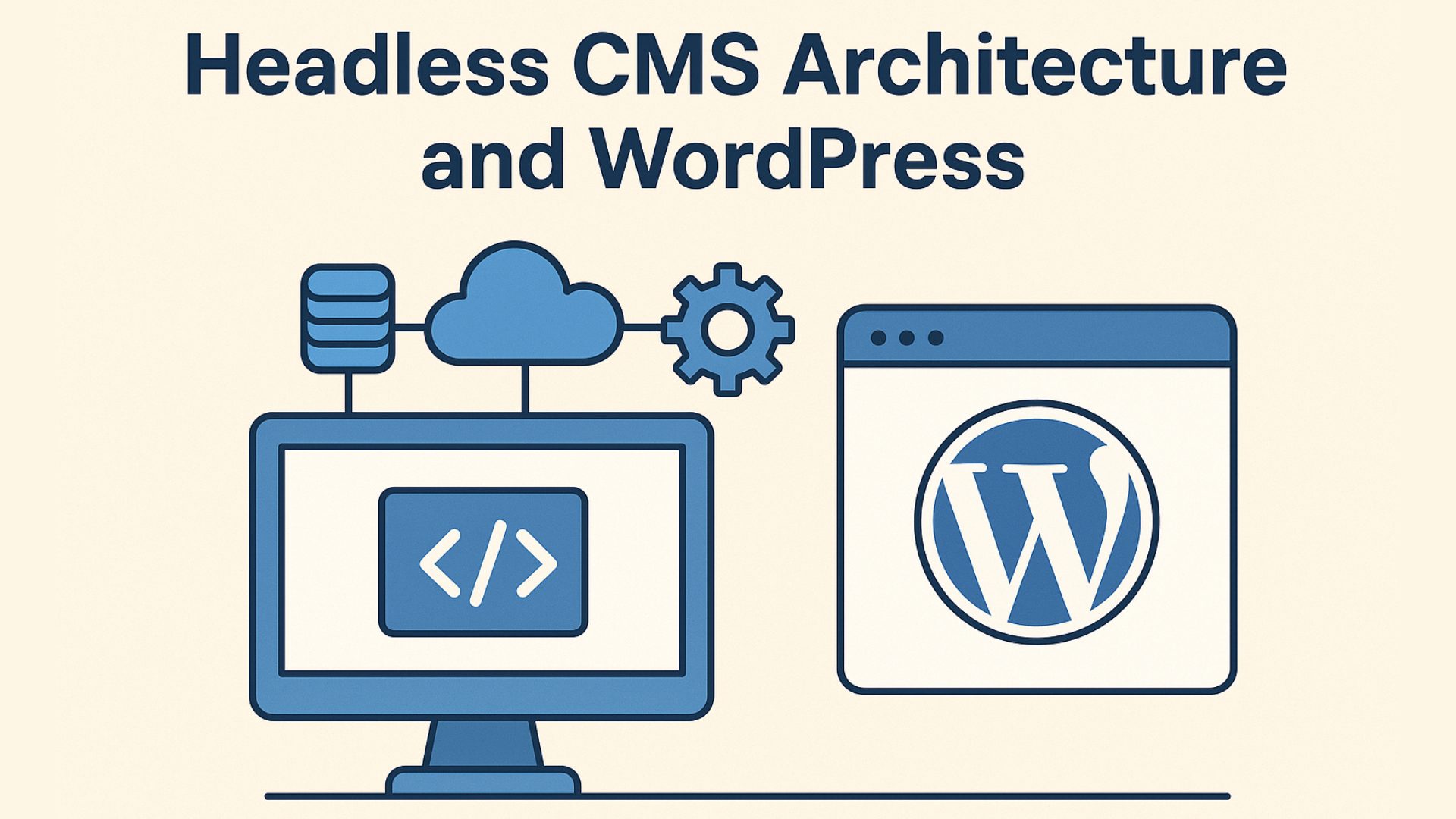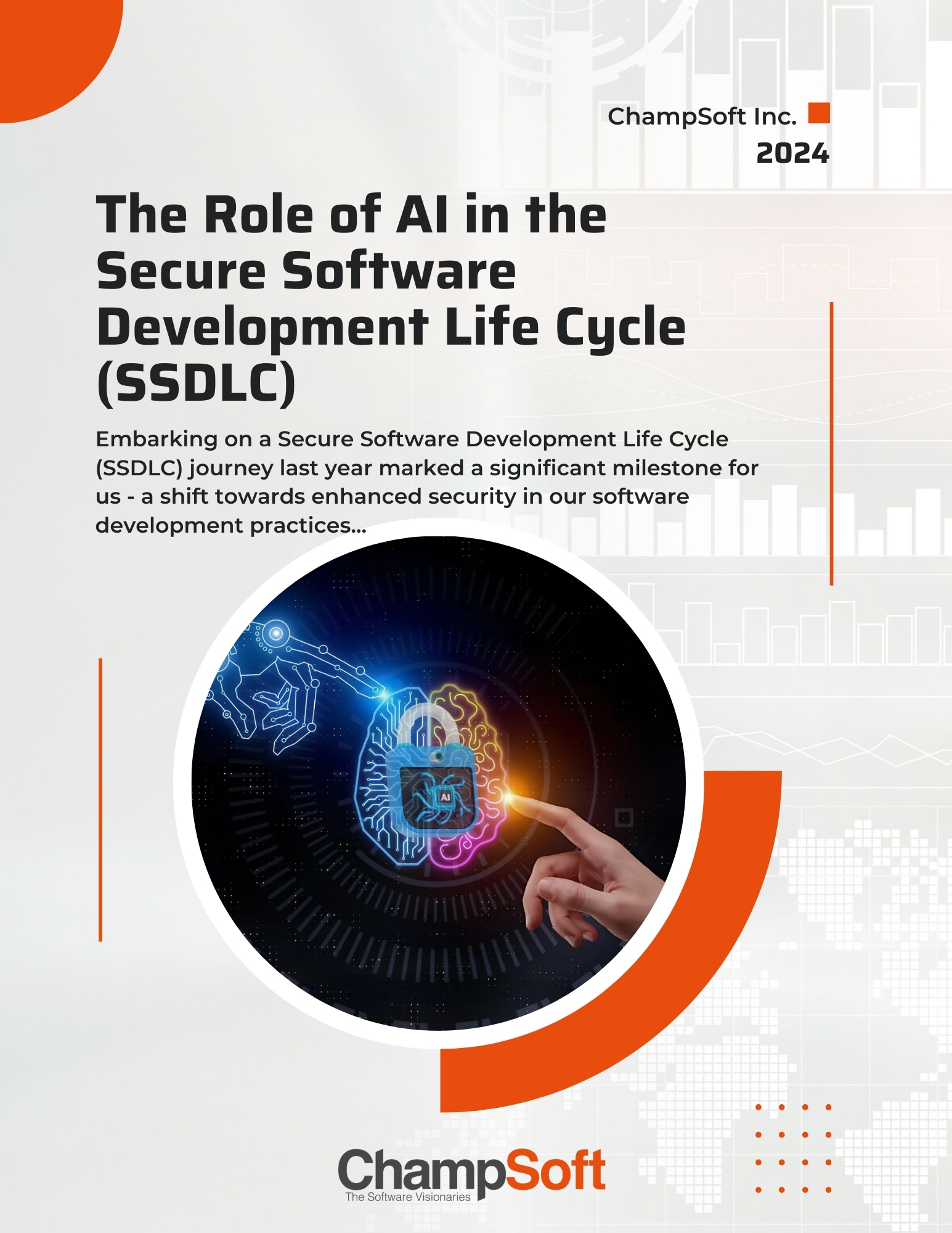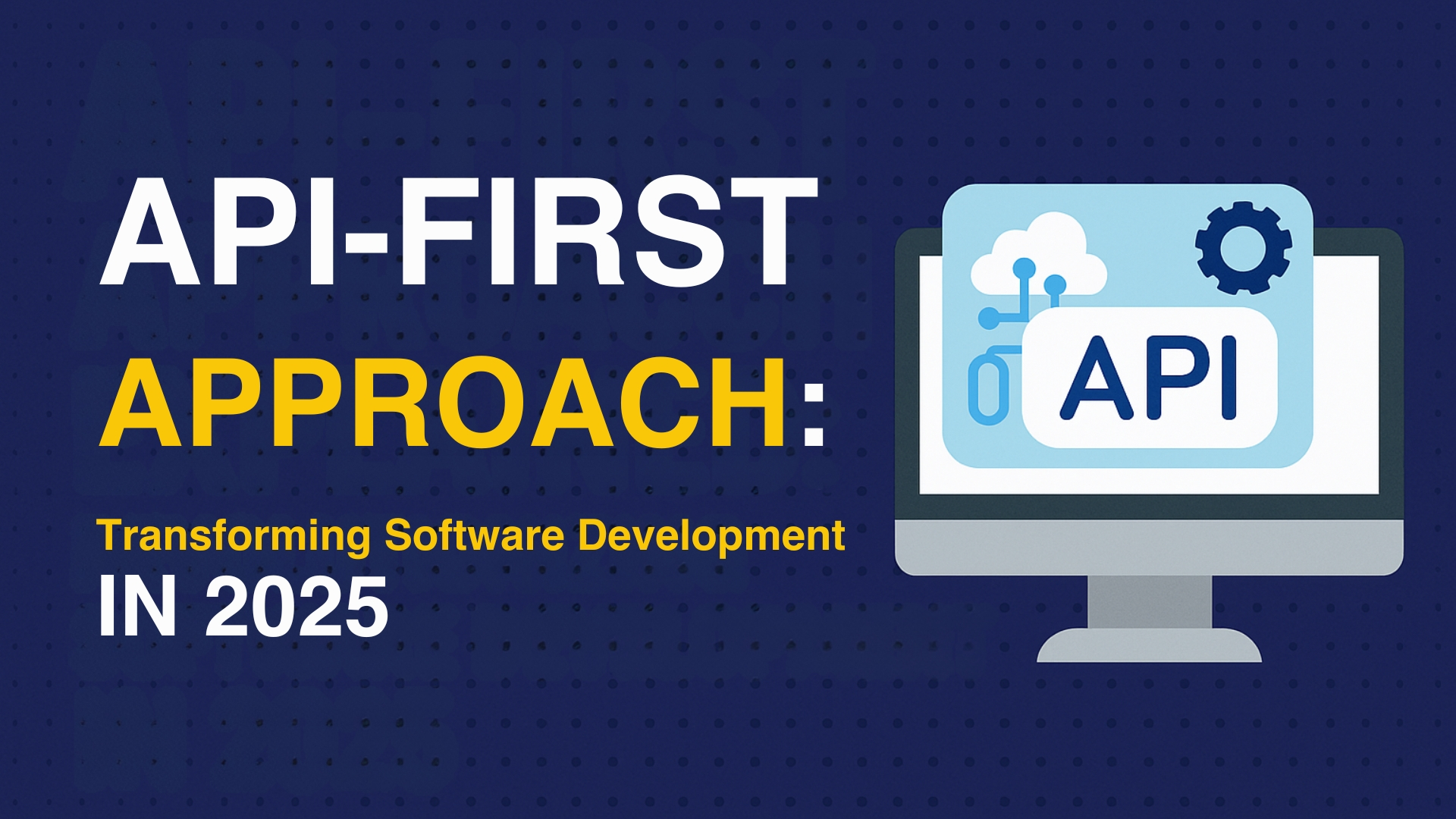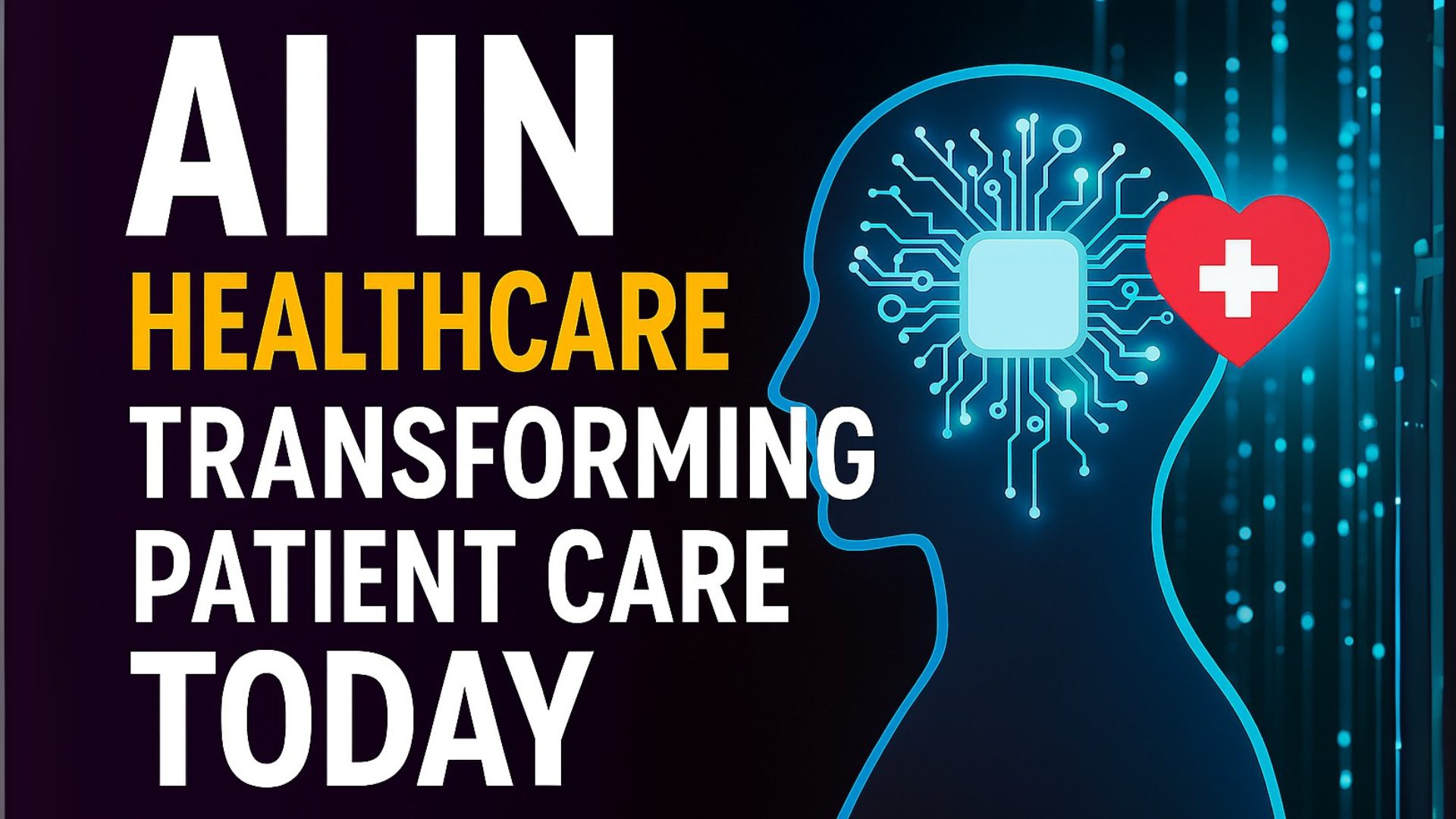Introduction: Why Headless CMS Matters Today
The way businesses build and manage websites has changed dramatically in recent years. Traditional content management systems (CMS) like WordPress, Drupal, and Joomla have been the backbone of the web for decades, offering a tightly coupled architecture where the content, database, and presentation layer work together. However, as digital experiences expand across mobile apps, IoT devices, voice assistants, and progressive web apps, the traditional CMS model often struggles to keep up.
This is where headless CMS architecture enters the picture. By separating the content management backend from the front-end presentation layer, a headless CMS gives developers and businesses greater flexibility, speed, and scalability. WordPress, still the most popular CMS powering over 40% of the web, has also evolved to embrace the headless approach through its REST API and GraphQL integrations.
In this article, we will explore what headless CMS architecture is, how it works, how WordPress can be used as a headless CMS, and the pros and cons of adopting this model. By the end, you’ll have a clear understanding of whether headless WordPress is the right solution for your project, along with practical insights and real-world use cases.
What Is Headless CMS Architecture?
A headless CMS is a content management system where the “head” (the front-end layer) is decoupled from the “body” (the backend where content is stored). Instead of managing templates, themes, and design within the CMS, the system focuses purely on storing and delivering structured content through APIs.
For example, in a traditional WordPress site, content is stored in a MySQL database and displayed using PHP-based themes. In a headless WordPress setup, the content still resides in the database, but it is delivered to any front-end application—such as a React.js site, mobile app, or even a smartwatch—via the WordPress REST API or GraphQL.
This decoupling allows developers to build custom front-ends in any framework or language while leveraging the power of WordPress as a content hub.
How Does Headless CMS Work?
The headless CMS architecture follows a simple flow:
- Content Creation – Content editors use the WordPress admin dashboard (or any headless CMS interface) to create and organize content.
- Storage & Management – Content is stored in a database with structured fields, tags, and metadata.
- API Delivery – Instead of pushing content through a theme engine, the CMS exposes content via APIs such as REST or GraphQL.
- Front-End Rendering – Developers use frameworks like React, Angular, Vue.js, Next.js, or Nuxt.js to fetch content and render it dynamically on the front-end.
- Multi-Channel Publishing – The same content can be reused across websites, mobile apps, voice assistants, digital signage, and more.
This flexibility makes headless CMS especially powerful for omnichannel strategies, where businesses want to maintain consistent content across multiple digital platforms.
Why Use Headless CMS Instead of Traditional CMS?
The traditional CMS model still works well for standard websites and blogs, but modern businesses often require speed, flexibility, and omnichannel delivery. Here’s why headless CMS is gaining popularity:
- Performance: A decoupled front-end often loads faster because it’s optimized with modern frameworks and CDNs.
- Scalability: Content can be served across multiple platforms without rebuilding the backend.
- Security: Since the front-end is separated, the attack surface is smaller compared to traditional WordPress sites vulnerable to theme and plugin exploits.
- Developer Freedom: Teams can use the latest JavaScript frameworks rather than being tied to PHP templates.
- Future-Proofing: As new technologies emerge, a headless CMS allows businesses to adapt without rethinking their entire content infrastructure.
For example, The New York Times uses headless CMS principles to deliver content across web, mobile, and voice devices seamlessly. Similarly, e-commerce platforms like Shopify Plus often rely on headless approaches for flexibility in branding and performance.
Can WordPress Be Used as a Headless CMS?
Yes. While WordPress is traditionally known as a monolithic CMS, it can also function as a headless CMS. This is achieved by disabling or ignoring the theme layer and using APIs to fetch and deliver content.
WordPress REST API
The WordPress REST API allows developers to access posts, pages, users, media, and custom post types in JSON format. For instance, fetching the latest blog posts is as simple as:
https://yourdomain.com/wp-json/wp/v2/posts
This API makes it easy to integrate WordPress content into React, Vue, or Angular applications.
GraphQL with WPGraphQL
For more complex queries, plugins like WPGraphQL allow developers to request exactly the content they need in a single query, reducing data load and speeding up rendering.
Custom Headless Frameworks for WordPress
Popular frameworks such as Next.js (React) and Gatsby have dedicated plugins for sourcing WordPress content via APIs, making headless WordPress development more streamlined.
Benefits of Headless WordPress Architecture
When you adopt WordPress as a headless CMS, you enjoy the following advantages:
Flexibility in Front-End Design
Developers can use modern frameworks like React or Vue.js to build highly interactive, app-like experiences that outperform traditional WordPress themes.
Faster Performance and Better SEO
By serving pre-rendered pages (in the case of Gatsby or Next.js), you achieve faster page load times, which directly impacts Core Web Vitals and SEO rankings.
Improved Security
Since the WordPress front-end is decoupled, hackers have fewer entry points. For example, if your WordPress admin is behind a firewall and only APIs are exposed, the risk of common WordPress exploits is reduced.
Multi-Platform Publishing
Content created in WordPress can be distributed across websites, mobile apps, voice assistants, and IoT devices simultaneously.
Developer and Marketing Collaboration
Marketers still get the familiar WordPress interface, while developers gain the freedom to use modern technologies. This creates a balance between content management ease and technical innovation.
Challenges of Headless WordPress
While headless WordPress offers several advantages, it is not always the perfect fit. Some challenges include:
- Higher Development Costs: Building a custom front-end with React or Next.js requires more technical expertise and time.
- Loss of Plugins for Front-End: WordPress plugins designed for themes (e.g., sliders, page builders) won’t work directly on a headless front-end.
- SEO Complexity: Traditional SEO plugins like Yoast may not integrate smoothly with headless setups. Developers often need to handle metadata and schema manually.
- Hosting Requirements: You may need separate hosting environments for WordPress (backend) and your front-end framework.
- Learning Curve: Teams familiar with WordPress themes may struggle with API-based development.
Real-World Use Cases of Headless WordPress
- Enterprise Websites: Large corporations use headless WordPress to serve multilingual content across global platforms.
- E-commerce Stores: Brands combine WordPress with Shopify or WooCommerce in a headless setup to improve site speed and user experience.
- Mobile Apps: WordPress serves as the content hub, while apps fetch data through APIs.
- Publishing Platforms: Media companies adopt headless WordPress to push content to web, mobile, and voice assistants simultaneously.
- Custom Dashboards: Businesses build custom front-end dashboards for employees or customers while managing content in WordPress.
Is Headless WordPress Right for You?
Whether headless WordPress is the right choice depends on your project’s needs. If you’re building a simple blog or small business website, a traditional WordPress setup might be more cost-effective. However, if you need:
- High-performance websites
- Multi-platform publishing
- Advanced design freedom
- Improved scalability
…then headless WordPress can provide significant long-term benefits.
A good analogy is comparing traditional WordPress to a ready-made suit, which is affordable and quick to wear, while headless WordPress is like a custom-tailored suit, requiring more effort upfront but offering a perfect fit for complex needs.
Future of Headless WordPress and CMS Trends
The headless CMS market is projected to grow significantly, with analysts estimating it will exceed $3.8 billion by 2032. WordPress, given its dominance, will continue to play a central role in this shift by offering robust API capabilities and integrations with modern frameworks.
Expect more hybrid CMS models, where businesses can switch between traditional and headless modes depending on use cases. Tools like WordPress Gutenberg may also evolve to support headless workflows more natively.
Conclusion
Headless CMS architecture represents the future of digital content delivery, and WordPress is well-positioned to be a major player in this shift. By separating the front-end from the backend, businesses gain greater flexibility, speed, and scalability while retaining the content management familiarity of WordPress.
Whether you’re building a multi-channel publishing strategy, an enterprise-grade application, or simply looking for faster site performance, headless WordPress offers a powerful blend of innovation and reliability.
As the digital landscape continues to evolve, embracing a headless approach can help future-proof your content strategy and ensure your brand stays competitive in the age of omnichannel experiences.
FAQ’s
Is headless WordPress good for SEO?
Yes, but it requires more technical work. Headless sites often load faster, which boosts SEO. However, metadata, structured data, and canonical tags must be handled manually or through custom development.
Can I still use WordPress plugins in a headless setup?
Yes and no. Backend plugins like SEO, security, and content management tools still work. However, front-end dependent plugins like sliders or visual page builders won’t apply to your decoupled front-end.
How do I connect WordPress with React or Next.js?
You can use the WordPress REST API or WPGraphQL plugin to fetch data. Frameworks like Next.js and Gatsby have dedicated plugins that simplify integration with WordPress.
Is headless CMS more secure than traditional CMS?
Generally, yes. By decoupling the front-end, you limit the number of attack vectors. However, security best practices—such as updates, firewalls, and secure hosting—are still essential.






